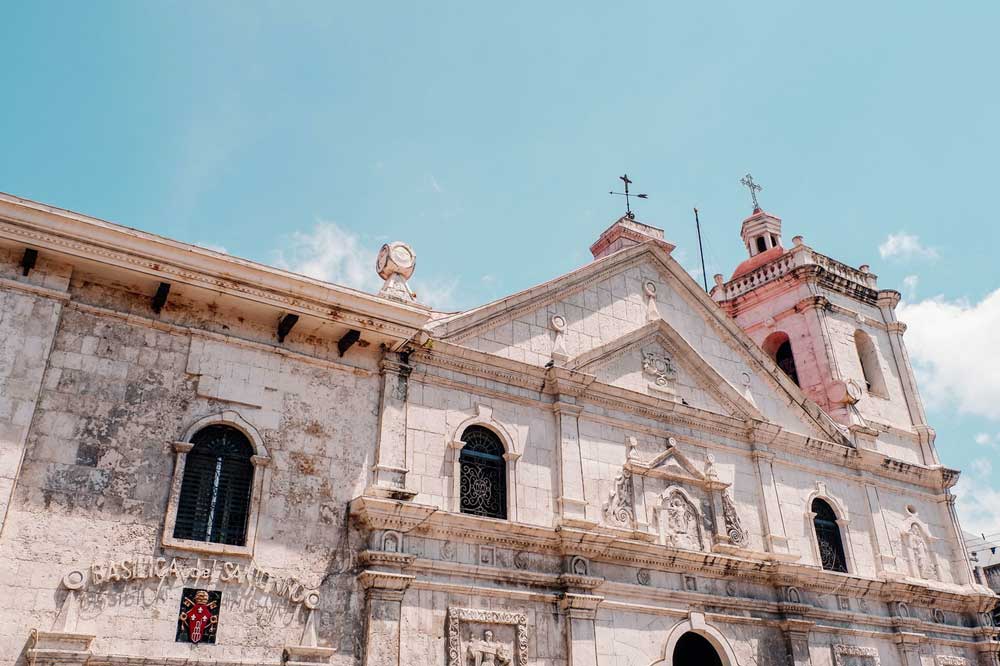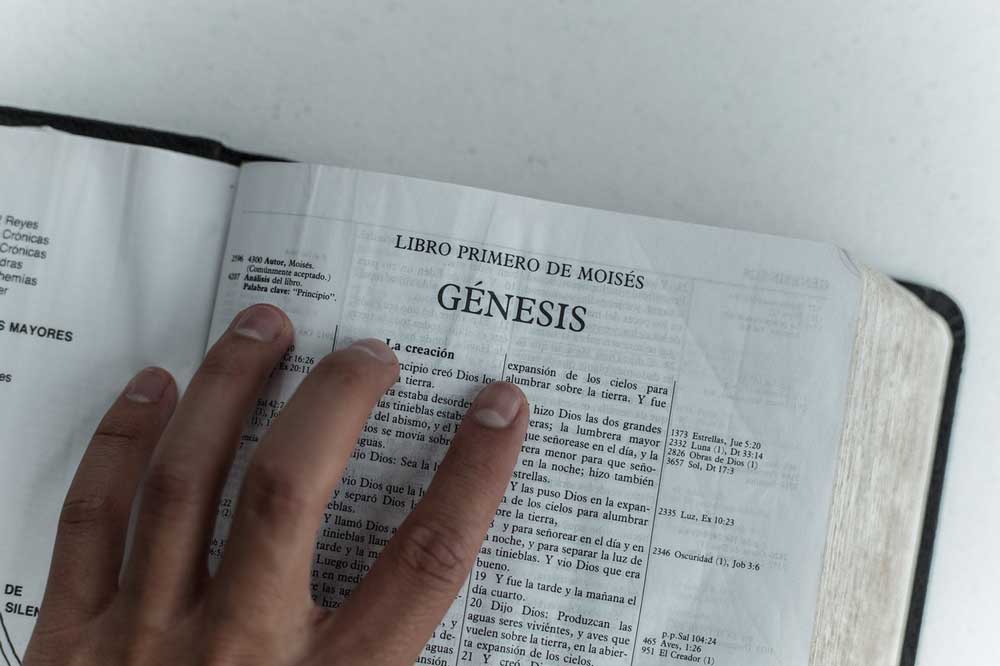In this blog, I can not speak for every one of the teachers of www.spanishacademy.net, but for a few of them and we can tell that we do not know the country much, quite the opposite, this is why we are going to talk to a Filipino person, a friend of the teachers of the web site, to know a little bit more about this place regarding Spanish language in The Philippines.
We can say that she is a Filipino woman who is almost forty years old, with a university education, a good job, and besides, she does not know much about the Spanish speaking world.
For us, this is important, because we want to know the situation and the real context from the eyes of a common person of the country towards the Spanish language in The Philippines.
We will say before we start that this is not an interview; we are going to explain in first person her experiences and her knowledge, if any, regarding our language.
Between the 16th and 17th centuries, from the discovery and colonization of America, the exploration of new territories beyond the Pacific Ocean began.
On earth matters, we are talking about the thousands of islands spread out in the largest ocean on the planet.
The crews of those ships of the kingdom of Castile and Aragon fulfilled their mission and they settled down in many of them.
A large group of islands that form the Philippine archipelago were colonized by the Spaniards who named them and their cities, such as Manila, the capital.
In this archipelago, each island had its own particular form of expression, with hundreds of different languages, traditions and political organizations.
It was from the arrival of the colonizers, with superior technology and firearms, that the new language was clearly noticed, making it the official language of the administration of the colony and little by little absorbing words that came from it to the native languages, never imposing the colonizing language to their people, since it was thought that they were second-class citizens and thought that if the population of the new colony learned the language, this could become a problem for the management of the colonizers towards the natives.
A minority of the country’s people obviously had to learn Spanish language in the Philippines, as they worked side by side with the colonists, but this was not usual in the new colony.
It was after the United States started the war in the Philippines that the English language took over and has remained to this day.
However, those ancestral languages influenced by Spanish persist and it is something very noticeable in the Filipino culture.

Spanish influence on Filipino language
Surprising as it may seem, Filipinos do not speak Spanish.
There are certain places where the language closely resembles Spanish, especially in the southern part of the Philippines, in and around Zamboanga to be more specific; this language is called Chabacano, and has a bigger Spanish language influence than the rest of the country’s languages.
Contrary to popular belief, the most widely spoken language in the country, Tagalog, does not come from the colonial era at all; its origins would come from the Malay language, as many of the ancestors of the Filipinos were Malay and it would also have a big influence due to its geographical location from the Bahasa language of Indonesia.
The Spaniards came from their crusade to the central part of the Philippine Islands, and that is why for example in Cebu, the most important city in the center of the country geographically, their language, Cebuano, has many Spanish words.
During colonization, Filipinos never spoke Spanish language, only those who studied abroad, or those who, as has been said, worked directly with the new colonizers. Thus, we would say that Spanish as a language in Philippines was not and is not a big thing in the minds of their people.
Filipino words from Spanish language
There are many Spanish words in the vocabulary of the different languages of the country; for example: uno, dos, tres, plato, cuchara, ventana, viaje, cuarto, nochebuena, merienda, siesta, visita, precio, televisión, toalla…Most of all these terms have a different pronunciation from how the Spanish pronounce the word.
In Cebuano for example, salida, a Spanish word, does not have the same meaning as in Spanish; Cebuanos refer to a television show that is already on the air.
Something that catches our attention; many insults used by Filipinos are Spanish words; for example, the foods leche or lechuga mean the same as in Spanish, but in the Philippines they are used when someone is very angry and shows that anger towards another person.
Another curious term is lavabo; part of the Filipino population refers to this word as the place where the dishes are washed, while in Spain, it refers to the place where we wash ourselves, ergo, the bathroom.
Spanish influence on Filipino culture
Food
Colonization is also visible in the country’s cuisine. The Filipinos added to their extensive gastronomy many of the dishes eaten by the Spaniards; thus, we find ensaimadas, sausages, escabeche, tortas, etc. Many foods have Spanish names.
There is a dessert that is also of Spanish origin but with a different word order; Filipinos call it leche flan, and in Spain, this dessert is called flan de leche.
Religion
Colonization had a huge impact on religion.
Ninety percent of the Philippine population is Catholic, since this is the predominant religion of the Spaniards and was the one they used, obviously, to colonize the country.
Surely, and this is only hypothesis, if the Spaniards had not colonized the Philippines, their population would be Muslims, since Indonesia and Malaysia are countries where this religion predominates and the country was very influenced by them.
There are religious representations where the influence of the colonists can be seen, beyond religion as a creed. During the month of May, there is a festival called Flores De Mayo, and in it, there is an event called Santacruzan, which in Spanish would be the equivalent to La Santa Cruz,; the Filipinos perform a parade in honor of the Virgin Mary and Queen Elena or
St. Helen of Constantinople, the mother of Emperor Constantine I (the first Roman emperor to convert to Christianity).

Architecture
There are many buildings or monuments that bear the stamp of the Hispanic settlers. Some of them have great architectural and historical value.
Although, obviously, the Spaniards left the Philippines a long time ago, the newly built churches are inspired by the colonizing architecture as well, which might come as a surprise; the predominant Catholicism in the Philippines today and its expression in the churches is a clear example.
Also, many Philippine cities have forts from the Hispanic era in the Philippines, so, there we can also see the influence that the colonists had in the country.
There are many houses of colonial construction that Filipinos call Casa; the main reason of it is, also, the Spanish colonial period of the country.
Spanish as an intellectualized language in the Philippines
In education, in past decades, learning Spanish was mandatory, but, nowadays it is no longer a must; today the choice of learning the Spanish language in the Philippines is a free choice.
However, most students choose French as an optional language when they decide to learn a new language. May be it is because they understand many Spanish terms, making French an attractive language, or, it might be because Filipinos still have a certain hate towards the Spanish because of their colonization and this is expressed in their lack of interest in the colonist language, which, on the other hand, seems quite understandable to us.
During the Spanish colony, most books were written in Spanish.
In the Philippines there is a national hero dating back to the colonial era named Jose Rizal.
This good man wrote books in Spanish to criticize the colonial government; he used those books and his intelligence to inspire a large number of Filipinos to go against the colonists, and it is from that point on, where the history of the country’s independence begins.
Nowadays, these history books are studied in English, needless to say, but, the original books written by Jose Rizal are books written in Spanish.
Is Spanish a national language of the Philippines nowadays?
Spanish is not today, nor has it ever been in practice, an official language of the Philippines as far as the native Filipino is concerned. Spanish, however, did become the official language named in the territory by the colonists and their club, but in fact, the Spanish language was never the language of the Philippines.
As stated earlier, the Spanish never taught the Filipinos the language and never made it the predominant language of the country.
Obviously, due to colonization, we find words, names and many last names of Filipinos of Hispanic descent as well.
Where to study Spanish language
As mentioned above, Spanish is not a mandatory language in Philippine schools and universities; it is an optional language of free choice, and Filipinos themselves do not welcome it with much love.
If we ask Filipinos, they really do not know of any academies dedicated exclusively to the teaching of Spanish, which there are; why? As it has been said and not paying much attention to the reasons of their people, Spanish language today is a residual language in the Philippines, in concept and idea, but, we hope that if some Filipino person decides to study it, Spanish Academy will be the web destined for it.

2 Comments
this is complete utter garbage
In reply to Robert.
Dear Robert, here you have the link to it
https://spanishacademy.net/prices/
Thank you.